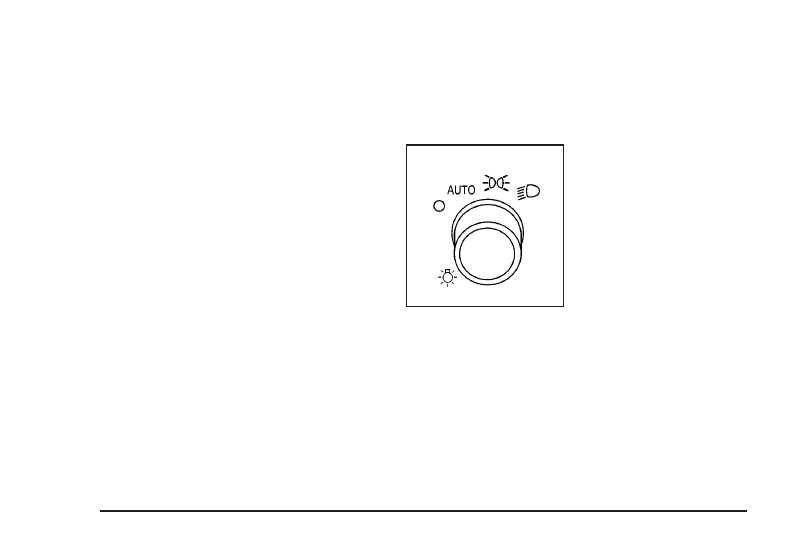Pontiac Montana SV6 (2006 year). Instruction - part 10

Using Cruise Control on Hills
How well the cruise control will work on hills depends
upon the vehicle’s speed, its load, and the steepness of
the hills. When going up steep hills, the accelerator
pedal might have to be used in order to maintain the
vehicle’s speed. When going downhill, the brakes might
have to be applied, or the transaxle might have to be
shifted to a lower gear to keep the vehicle’s speed down.
Doing either of these things will take the vehicle out
of cruise. It may be better not to use the cruise control if
the brakes constantly have to be applied, or the vehicle
continuously needs to be shifted to a lower gear.
Cancelling Cruise Control
To cancel a cruise control session, pull the cruise
control lever forward, or step lightly on the brake pedal.
Doing either of these things will only end the current
cruise control session, but the set speed will be retained
in memory.
Push the button at the end of the cruise control lever to
turn the system off.
Erasing Speed Memory
When the cruise control or the ignition is turned off, the
cruise control set speed memory is erased.
Exterior Lamps
The control to the left of
the steering column
operates the exterior
lamps.
9
(Off): Turn the control to this position to toggle off
all lamps. This is a momentary control that will spring
back to AUTO when released.
This momentary control will turn the automatic
headlamps and/or the Daytime Running Lamps on and
off for U.S. vehicles. For vehicles first sold in Canada,
this is only true when the transaxle is in PARK (P).
3-14